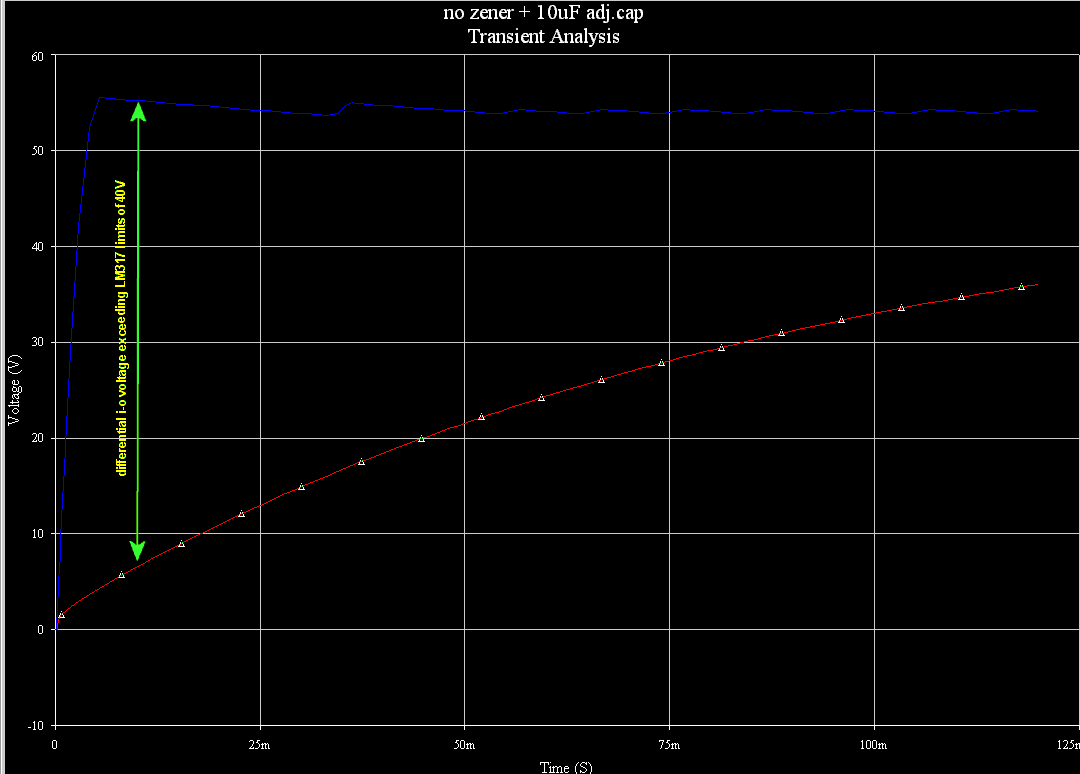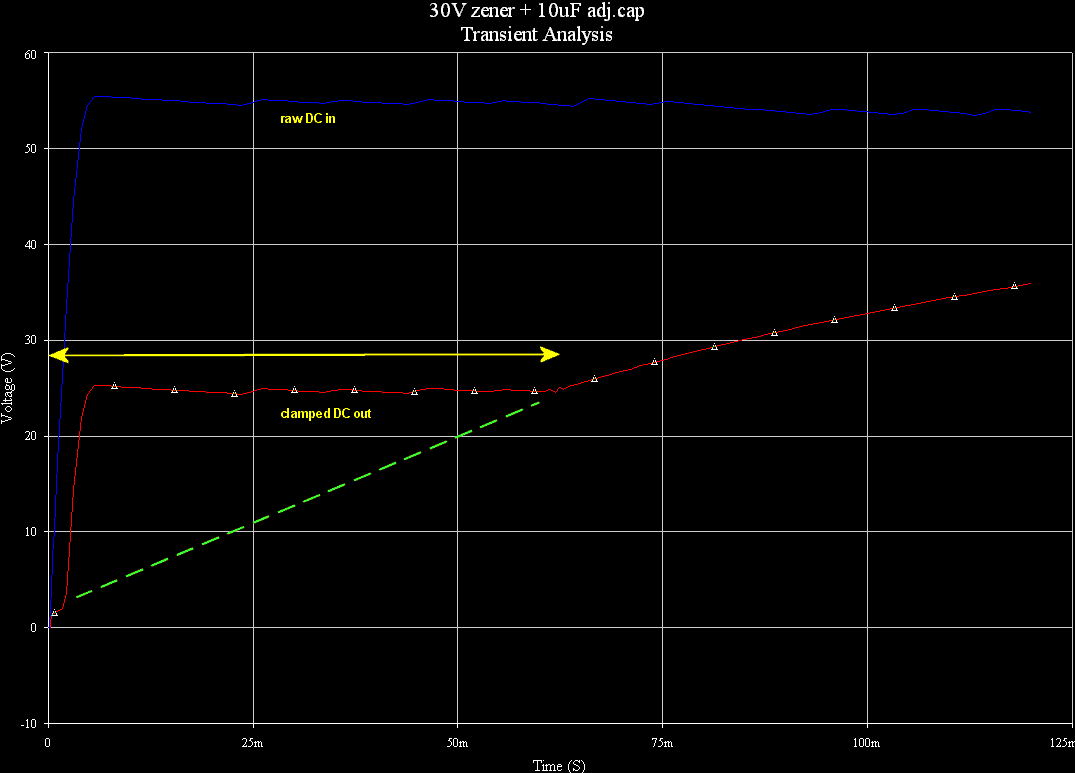mitsos
Well-known member
- Joined
- May 4, 2007
- Messages
- 2,886
hey all, I've working on a 312 pre (for ages, it seems), finally sent the files to get a prototype board, but it needs a 4th power rail, so I thought I'd trow together a small PSU. I've drawn a bit from each of Keith's, Mnats', and JLM's. Anyway, I'd appreciate any comments, not sure if I'm gonna get this made, might make it a 5rail if I ever do a board run.
Anyway, I like the way JLM's 5 rail has each bipolar running directly off the rectifiers, instead of regulating then regulating again, that's what I got from there. I took the phantom circuit from Keith's and the layout is basically Mnats', with an additional rail and phantom. I also made a diode footprint that can take both axials (1N400x, etc) and TO-220 diodes (MUR860, etc), but no bridge footprint.
It's textbook LM317/337. All traces are 40mil, with 20mil clearances. Just wondering if people could take a peek at the images. Once done, if people would find this useful, I can post an etch file.
As is, it is about 3.5 x 2.2 inches.
Thanks in advance
EDIT See below for updated/corrected files
Anyway, I like the way JLM's 5 rail has each bipolar running directly off the rectifiers, instead of regulating then regulating again, that's what I got from there. I took the phantom circuit from Keith's and the layout is basically Mnats', with an additional rail and phantom. I also made a diode footprint that can take both axials (1N400x, etc) and TO-220 diodes (MUR860, etc), but no bridge footprint.
It's textbook LM317/337. All traces are 40mil, with 20mil clearances. Just wondering if people could take a peek at the images. Once done, if people would find this useful, I can post an etch file.
As is, it is about 3.5 x 2.2 inches.
Thanks in advance
EDIT See below for updated/corrected files












